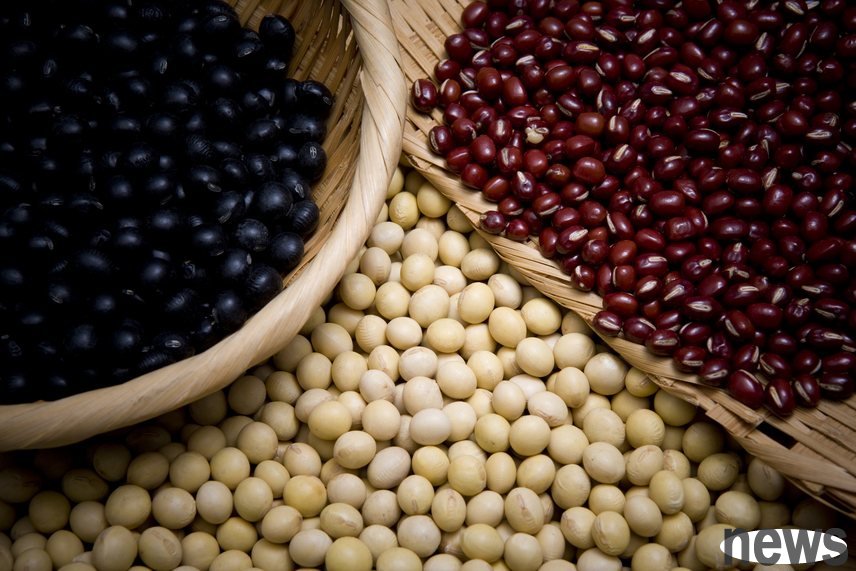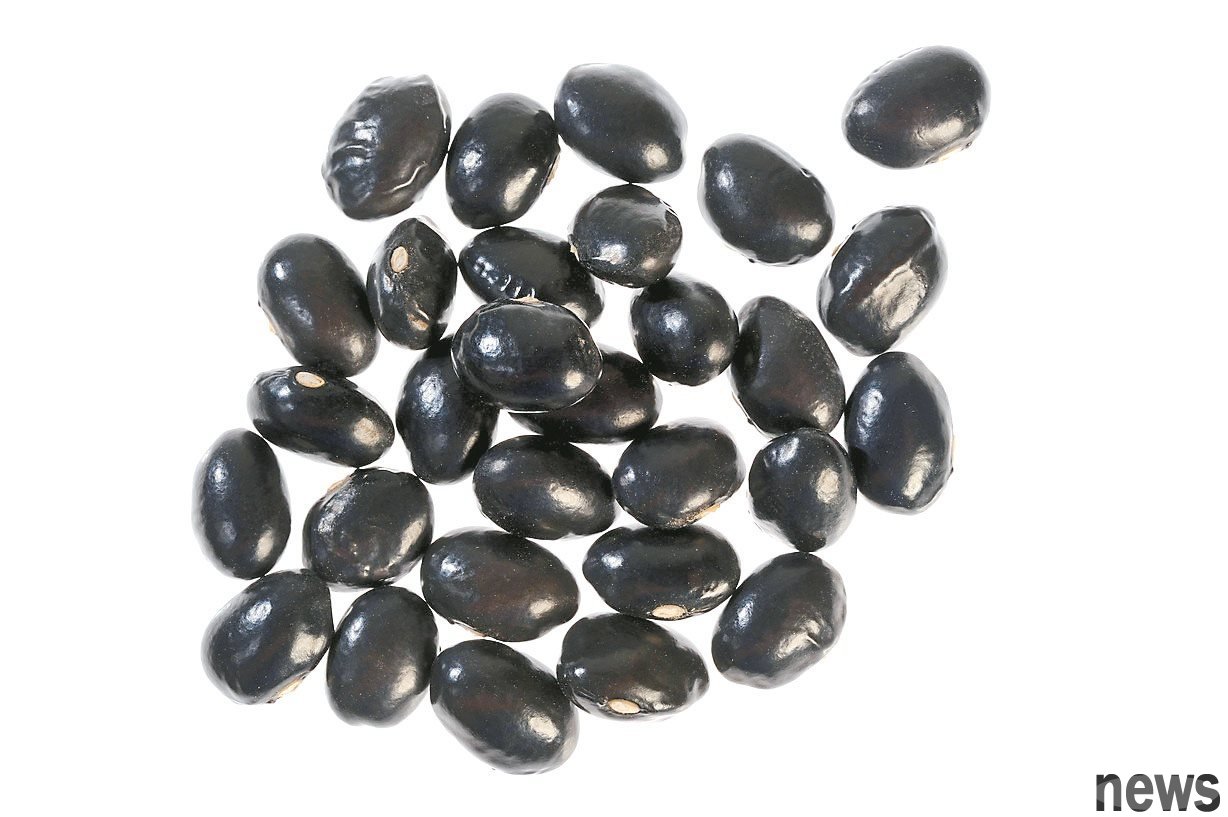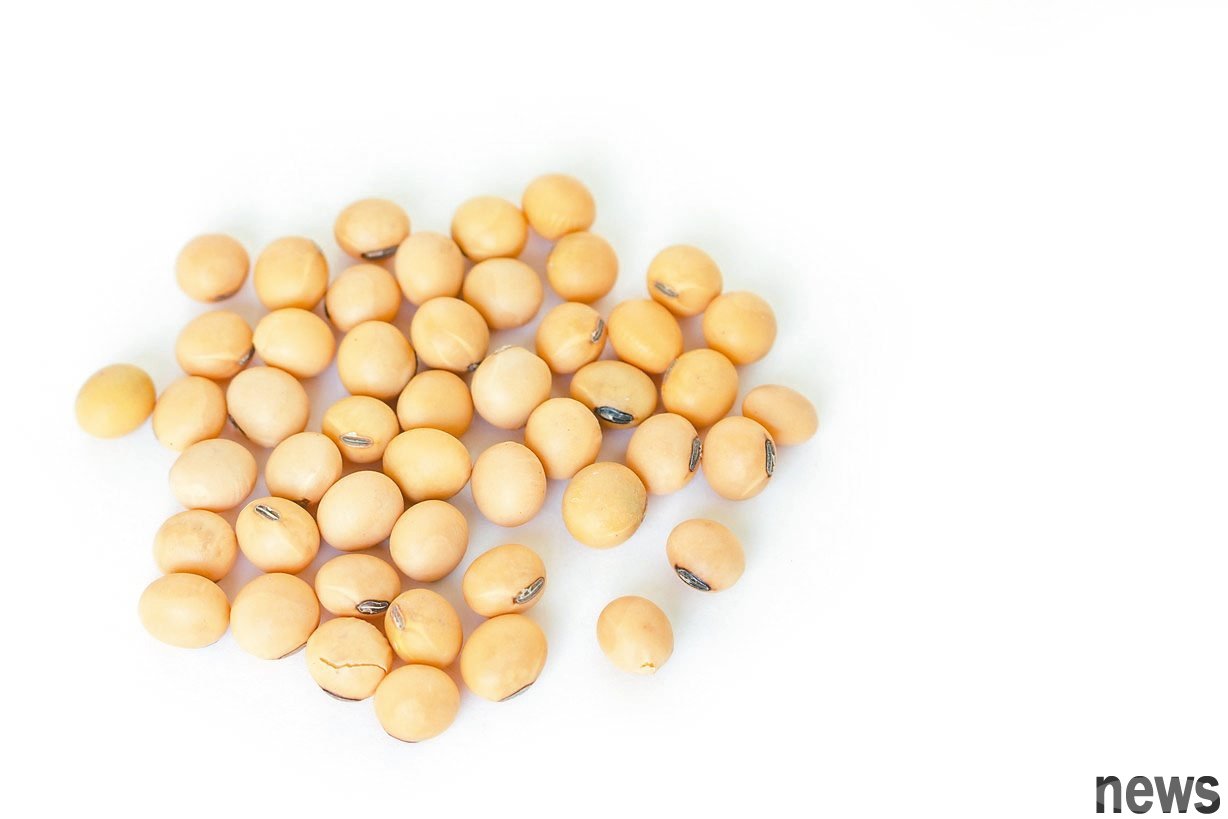Yellow beans, green beans, peas, green beans, and green beans are all called "beans", but their classification and nutritional value in the six major categories of foods are very different. Some people who lose weight eat red beans and gre...

Yellow beans, green beans, peas, green beans, and green beans are all called "beans", but their classification and nutritional value in the six major categories of foods are very different.
Some people who lose weight eat red beans and green beans as vegetables, and as a result, they get fatter the more they eat; some people who need to control their blood sugar need to know which beans are protein, powder or vegetables to avoid causing blood sugar fluctuations. Today we ask nutritionists to teach you how to distinguish different bean families.
There are many types of beans, and people often cannot tell which of the six major foods they belong to. Shou Lingxia, a nutritionist at Xinguang Hospital, said that in fact, beans are divided into "protein beans", "fried beans" and "vegetable beans". Among them, there are only three types of protein beans, namely yellow beans, black beans and edamames. They are the beans in the beans, meat and eggs, which are commonly known as "soybeans".
The three types of soybeans have slightly different nutrients depending on their maturity and variety.The differences between yellow beans, black beans and edamames are in their variety, appearance color, bean maturity and collection time.
无王球网站, edamame is harvested when the color of beans and beans is about 80 minutes old, and is derived from immature soybeans; as edamame and beans gradually mature, they may turn into yellow or black beans or harvest them according to the variety. Therefore, it is often said that "Emoji is yellow or black beans when they are young, and this is true."
Plant-based proteins are beneficial to cardiovascular and are suitable for patients with chronic diseases such as the third level.In terms of nutritional value, Huang Lingxia said that yellow beans, black beans and edamame are all rich in protein and are the main sources of plant-based protein. Unlike animal proteins from beef, pork, mutton and other meats, plant protein contains dietary fibers, which can help kidney digestion, low fat content, protect the heart blood vessels, and is not hot and does not contain sterol, which is also helpful for controlling blood lipids.
If too much animal protein is taken, it may cause vascular obstruction and increase risks such as myocardial infarction; plant protein can protect the heart, and it is recommended that patients with chronic diseases such as the third high and higher can eat more plant protein to replace animal protein.
Women's cancer patients are suitable for eating soybeans, please consult the doctor first.Shou Lingxia said that soybean contains "soybean anionosteroid", which is an estrogen component that can reduce the tidal heat, palpitations, sweating and other conditions caused by hormone unstable in menopause women. But she reminded that if patients with medical cancer problems are afraid of interacting with the therapeutic drug, it is recommended that doctors should be consulted before consumption, and it is appropriate to consume appropriately.
Yellow beans are often used to make various bean products. Whether you eat yellow beans directly, or eat beans, tofu, dried tofu and other products, you can directly extract protein. In the tofu process, calcined powder is added, and the calcined quality can be increased.
Soybeans are combined with other proteins to calculate the total amount of the feed.Even if plant-based proteins such as yellow beans, black beans and edamame are still calculated together with other protein intake. Shou Lingxia said that 1 gram of protein should be taken per kilogram of weight per day, which means that an adult male weighing 60 kilograms will take about 60 grams of protein a day, and some of the protein can be replaced by plant-based protein.
For example, one portion of protein is about 7 grams, and a cup of 190cc of beans is a portion of protein, and you can drink 1 to 2 cups a day; while 20 grams of yellow beans, 25 grams of black beans, and 50 grams of edamame are each a portion of protein, and you can also eat 1 to 2 servings a day. Pair with other protein-containing foods, take about 6 to 8 portions of protein every day to achieve the recommended daily intake.
3 major protein beans compare black beans: rich in protein, and anthocyanins.

Black beans not only contain protein, but also rich in vitamin A, minerals and dietary fiber. Unlike yellow beans, black beans also contain anthocyanins, which are antioxidant and anti-inflammatory substances.
Yellow beans: the most protein, and also contains calcium.

yellow beans have the most protein content, are also rich in calcium, and have antioxidants such as vitamin E. Nutritionist Seung Lingxia said that there are many benefits to taking yellow beans, which can help the body eliminate free radicals and antioxidant, and the oils and fats contained in them are non-flourish and fatty acids, which can reduce sterols and protect the health of the heart.
Emoji: slightly less protein, but the heat is the lowest.

The nutrients contained in edamame include protein and dietary fiber. Although the protein content is relatively low than that of yellow and black beans, it is also a good source of protein. It has low fat content and low heat, and contains trace elements such as drilling, phosphorus, and vitamin C, which can improve immunity.
Shen Lingxia said that athletes or people who work in sports should supplement protein and control the heat. Eating more edamame is a good choice. However, it should be noted that commercially available edamames often add a lot of oil, salt and other flavors to regulate. Pay attention to the intake of fat and ginger when ingesting, and do not overdo it. If you are savoring yourself, do not add oil, salt and other flavoring ingredients as much as possible.
Responsible editor: Gu Zihuan